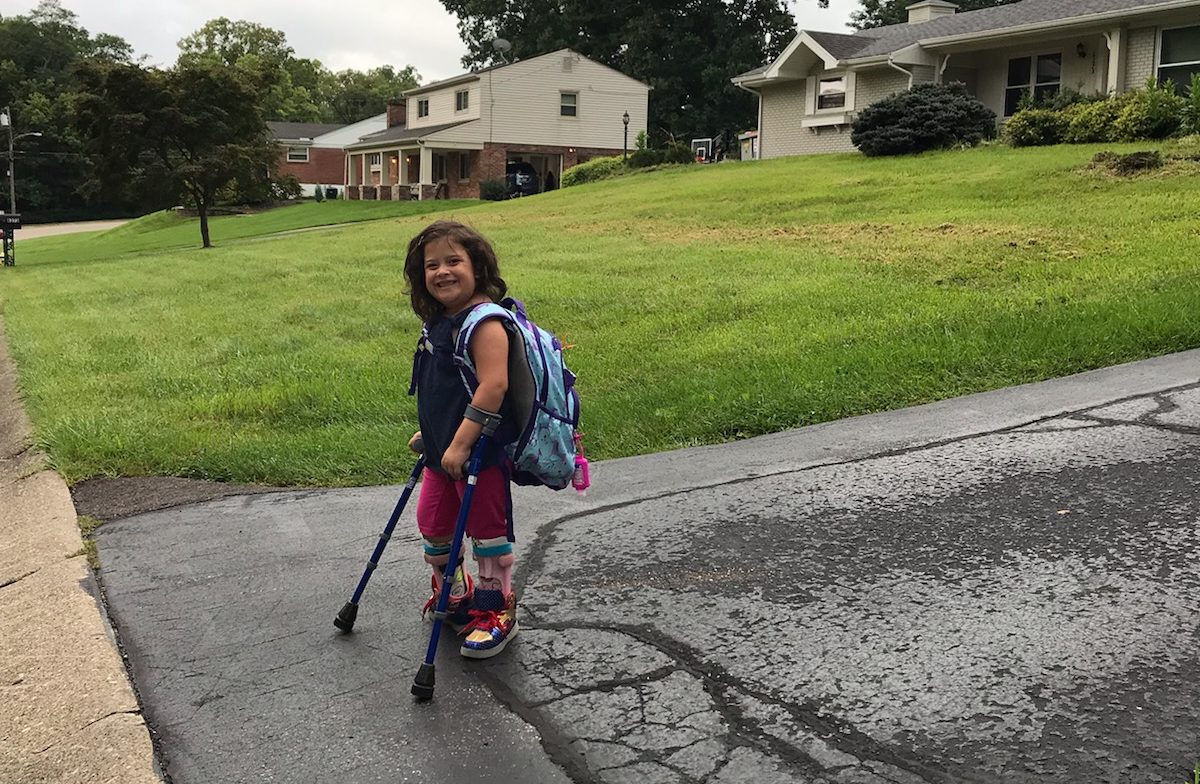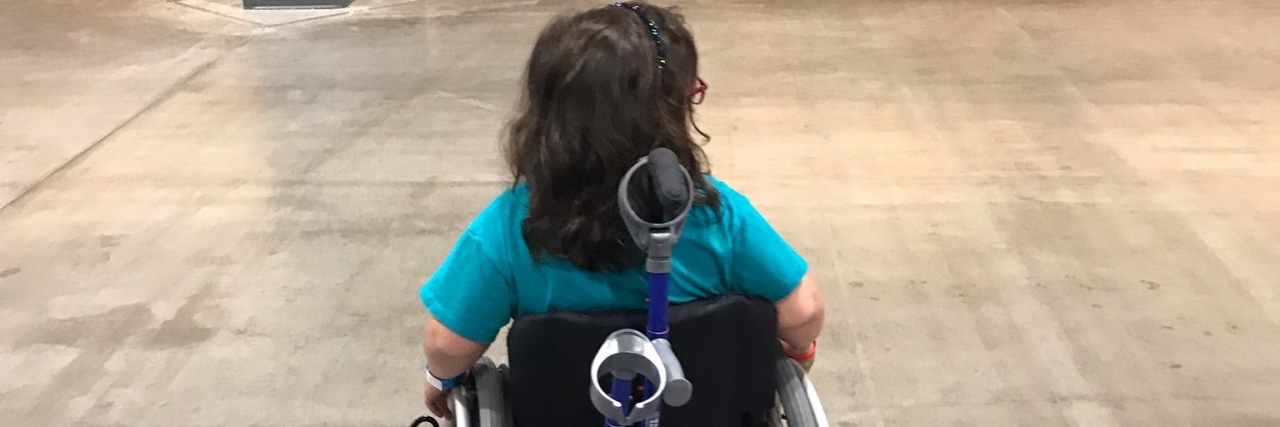About a year ago, I had an “aha” moment during a work safety meeting when a police officer said the best thing to do in an active shooter situation is to run. Run, run, run — as far and as fast as you can.
My mind went to my daughter at school. Her disability means she can’t move as fast as the other kids. It takes her a long time to get down stairs. How will she get out quickly and safely in an emergency evacuation? What about all the other kids out there with disabilities? Do schools have plans in place to keep these kids safe?

This moment motivated me to work with my daughter’s school to get an emergency plan together that would consider and solve for her own unique set of needs. When I spoke to the school, they assured me they had thought about it and would keep her safe. However, there was no official record of the plan details, and there had not been any sort of review with our family and the full school team. I asked if they could pull something together for us, thinking specifically about the next year when her classroom would be on the second floor of the building.
I feel incredibly blessed, because the school delivered swimmingly! In our next meeting, they shared a draft plan which addressed what would be done to keep her safe in each type of emergency: fire and evacuation, shelter-in-place for extreme weather, and lock down. It also broke down what happens when she is on the second floor versus when she is on the first floor. They even thought through which elements should be practiced during drills versus which would only be done during a true emergency.

Since this time, I have talked to many parents about the plans in place for their kids at school. A common approach for kids in wheelchairs seems to be to designate a space on an upper floor where they will sit and wait until a fireman can come to rescue them. This approach scares me and makes me even more passionate about getting plans in place that will evacuate kids with physical disabilities at the same time as their peers. In an emergency, seconds matter. Leaving children alone waiting for a rescuer sends a dangerous message that the lives of our children with disabilities are less important than the lives of other students and teachers.
If you have a child with a disability, I encourage you to set up a meeting with your child’s school to have this discussion. Ask them to come up with a plan that will evacuate your child alongside his or her peers. A simple solution which can be executed by any two adults is to have evacuation blankets or slings available to carry the child down the stairs.
There are many different types of transfer slings, blankets and sleds. However, the solution I like the best is a portable transport sling that can fold up small enough to be stored in a pocket attached to the child’s wheelchair. With this approach, the sling is always where the child is — no having to go to a secondary location or wasting precious moments searching for the storage location. Truthfully, I didn’t realize something like this exists unti; I came across a product called the ADAPTS Portable Transport Sling at the Chicago Abilities Expo this summer. It was originally designed for use on airplanes, but the compact design and portability makes it a great tool for all emergencies, wherever they pop up (school, home, at public events etc.).
If you need help figuring out how to start this conversation with your child’s school, I’ve put together a sample plan you can use to kick off the conversation, along with a video that explains the process we went through and answers some parent questions. Note: Plans should be customized to each child’s unique needs, so think of the sample plan as a starting point rather than something to directly copy.
You can download the plan here.


